Page 42 • (2,170 results in 0.065 seconds)
-
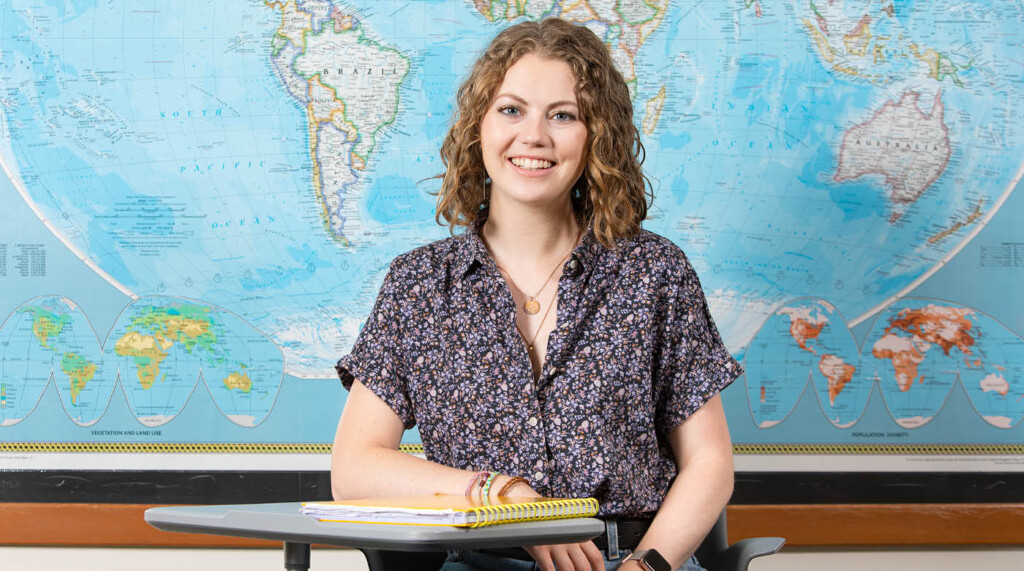
Urdangarain worked together to write a grant proposal to PLU’s Wang Center with the goal of studying the role museums play in shaping the international understanding of a nation, especially in light of traumatic histories. The funding was approved, and in early 2023, four years after her first visit, Dieringer returned to Uruguay. “Coming back from that trip, I was super inspired,” she says. “The biggest thing I learned is that scholarship from the global South is underrepresented and makes our
-
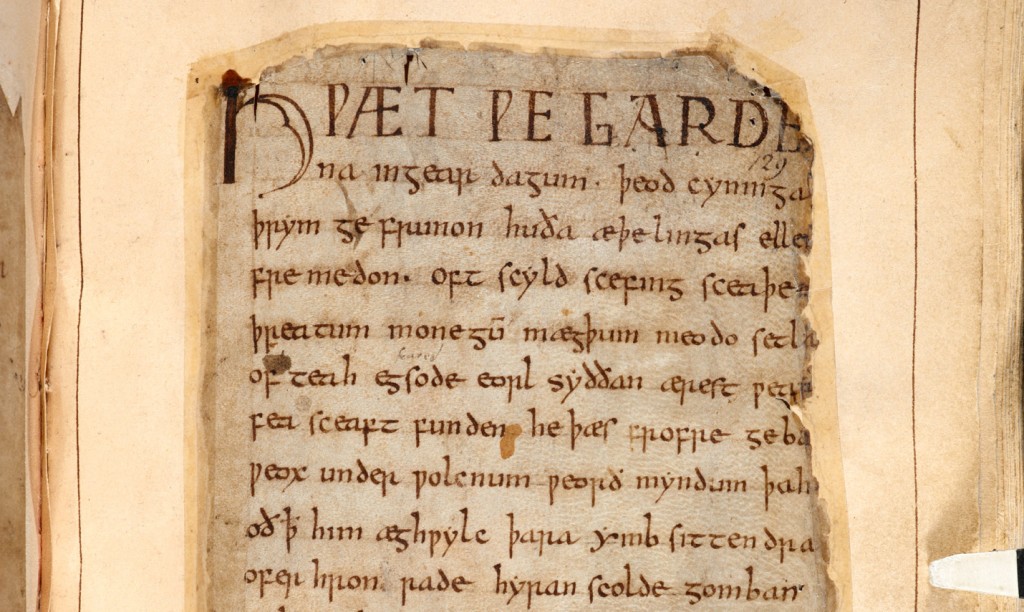
’ Society meets every Friday at 3pm. At each meeting, we study an ancient piece of text written in a dead language. Members often volunteer to read the text aloud in the best way that we can manage, usually with help from Professor Brown. We discuss grammatical concepts of older languages such as Old English and Old Saxon, the origins of particular modern words and where they derived from, as well as translate these texts into modern English as best as we can. Brown’s path to creating the Dead
-

world.”Early on, Mosa struggled at Foss High School in Tacoma and didn’t think college would be an option for him, so he set his sights on applying to be a seaman with the coast guard. Even with this plan, Mosa applied for college scholarships, at the encouragement of his high school counselors. Days before he enlisted into the Marines, Mosa learned he was the recipient of an Act Six Scholarship, a leadership program that connects local students with faith- and social justice-based colleges to equip
-
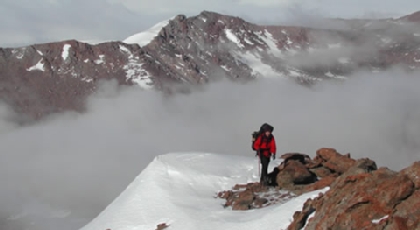
November 18, 2010 PLU student and prof head to Antarctica for global warming research through study of rocks and ice By Barbara Clements In a lab littered with Hostess snack bars and French fry wrappers, geosciences student Mike Vermeulen ’12, turns to his computer and pops up a map of Antarctica, then points to a grid in the upper part of the frozen continent. PLU geoscience professor Claire Todd and PLU student Mike Vermeulen head to deep into Antarctica to study rocks that may help explain
-
Lutheran University will be to build on our strengths as we address significant changes — changes not of our own making — in the educational landscape that lies before us. Said differently, the great long-range question is how do we wisely and strategically navigate a path that will ensure that our mission and program remains compelling, relevant, effective and, yes, affordable in the years ahead? Now I do not have the answer to that question. But I have two or three ideas about what the question may
-
January 11, 2008 UC, Morken powered by wind turbines As of Jan. 1, nearly 20 percent of the university’s energy is being purchased from renewable sources. The commitment to purchase “green” energy stems from the culture of the university, said Dave Kohler, director of facilities. Renewable energy is energy generated from natural sources that cannot be depleted, like wind and solar power. He points to the university’s mission to “care for the earth,” President Anderson’s signing of the
-
credited with securing funding and providing a high standard of care to patients. Kohler has co-managed the East Campus Christmas party, providing 300 families with a happier holiday, and helps connect patients to services in the community. Schaps was identified as a person who lives PLU’s mission of service to others in her interactions with students, co-workers and the greater Tacoma community. Along with working on programs for the admission office, Schaps serves on the environmental coalition for
-
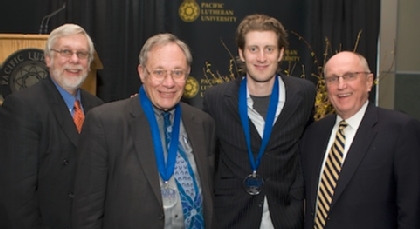
. – Promoting board relationships with China, Washington State’s more important trading partner, and with many other parts of the world. – Working to foster cooperation and to enhance contacts and relationships for South Sound businesses. – Assisting in a variety of ways many arts and cultural organizations ranging from the Seattle Arts Museum and the UW World Series to the International Children’s Festival and the Children’s Museum. “In all he does Bill Stafford lives the mission of the Sister City
-
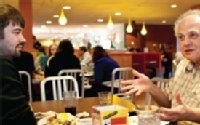
October 4, 2010 Homecoming brings together current students and alumni as part of ‘Meant to Live’ By Steve Hansen When the student-organized Meant to Live program blossomed on the PLU campus in 2004, its mission was a simple one: To bring speakers to campus who can share their vocational journey. In short, to get them to talk to students about how and why they do what they love. The program was quite a success, and over the past several years, it brought people from a wide array of vocations
-
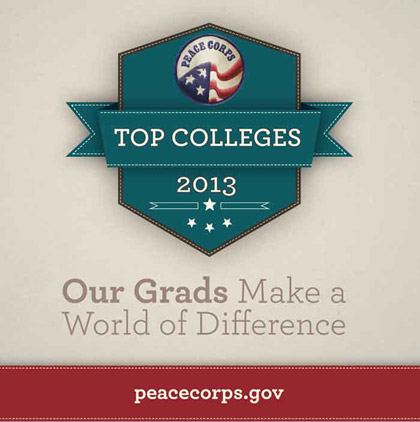
agriculture, community economic development, education, environment, health and youth in development. Peace Corps volunteers must be U.S. citizens and at least 18 years of age. Peace Corps service is a 27-month commitment and the agency’s mission is to promote world peace and friendship and a better understanding between Americans and people of other countries. Visit www.peacecorps.gov for more information. Read Previous Real-World Mentors Read Next Study away blog roundup COMMENTS*Note: All comments are
Do you have any feedback for us? If so, feel free to use our Feedback Form.


